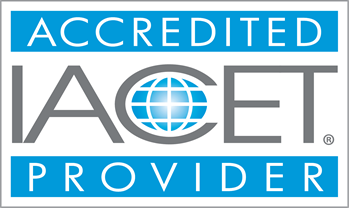Price: $29.99
OSHA Competent Person - Trenching and Excavation
Studies show that excavation work is one of the most hazardous types of work done in the construction industry. Injuries from excavation work tend to be of a very serious nature and often result in fatalities.The primary concern in excavation-related work is a cave-in. Cave-ins are much more likely to be fatal to the employees involved than other construction-related accidents.
Course Modules - (21)
Learning Outcomes:
- Training Objectives and Expectations:
- i.Trainees will become familiar with terms associated with excavations and underpinning activities
- ii. Trainees will become generally familiar with recognizing, avoiding and preventing safety issues concerning soil failures, undermining and structural collapse.
- iii. Trainees will learn the responsibilities of permit holder to project adjoining structures
- iv. Trainees will learn the role of Competent Persons in excavations
Completion Requirements:
- 100% appearance for the course
- Fully involvement in all class trainings (determined by instructor)
- Completion of Continuing Education and Training Registration Form
- Completion of mandatory quiz assessments
- As applicable, attainment of least passing score on required end-of-course examination
- Participation and submittal of end-of-course assessment form (must provide name on form to obtain credit)


